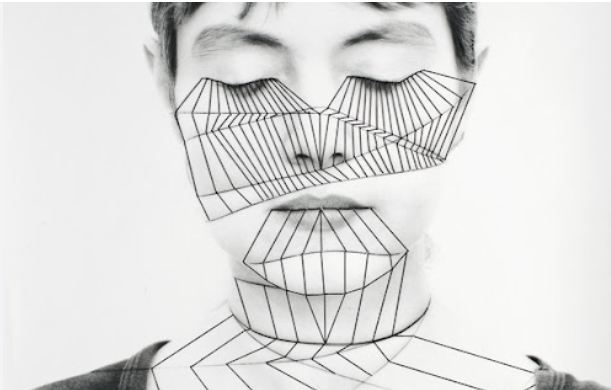Exploring Identity: The Powerful Self-Portraits of Annegret Soltau
German artist Annegret Soltau uses self-portraiture as a means of exploring and expressing her own identity. Through her unique and powerful works, she delves deep into themes of body, gender, and memory.
The Body as a Canvas
Soltau’s self-portraits often incorporate the physical body as a central element. She uses photographs of her own body, which she then manipulates and alters through various methods such as sewing and weaving. This process of transforming her own image allows Soltau to challenge traditional notions of beauty and identity.
Gender and Representation
In her work, Soltau also explores the concept of gender and how it is constructed and represented. By creating self-portraits that play with and subvert expectations of femininity, she challenges viewers to reconsider their preconceived notions of gender roles and stereotypes.
Memory and Identity
Memory plays a significant role in Soltau’s self-portraits. By incorporating elements of her personal history and experiences, she creates works that are deeply autobiographical. Through this exploration of memory, Soltau is able to confront and reconcile different aspects of her own identity.
The Power of Self-Reflection
Ultimately, Soltau’s self-portraits serve as a powerful tool for self-reflection and self-expression. By turning the lens on herself, she is able to explore the complexities of identity in a way that is both intimate and profound. In doing so, she invites viewers to reflect on their own identities and the ways in which they are constructed and perceived.
In conclusion, Annegret Soltau’s self-portraits are a bold and captivating exploration of identity. Through her innovative use of the body, her interrogation of gender norms, and her nuanced engagement with memory, Soltau brings a fresh perspective to the age-old practice of self-portraiture. Her works challenge, provoke, and inspire, inviting viewers to consider the multifaceted nature of identity and the power of self-representation.



